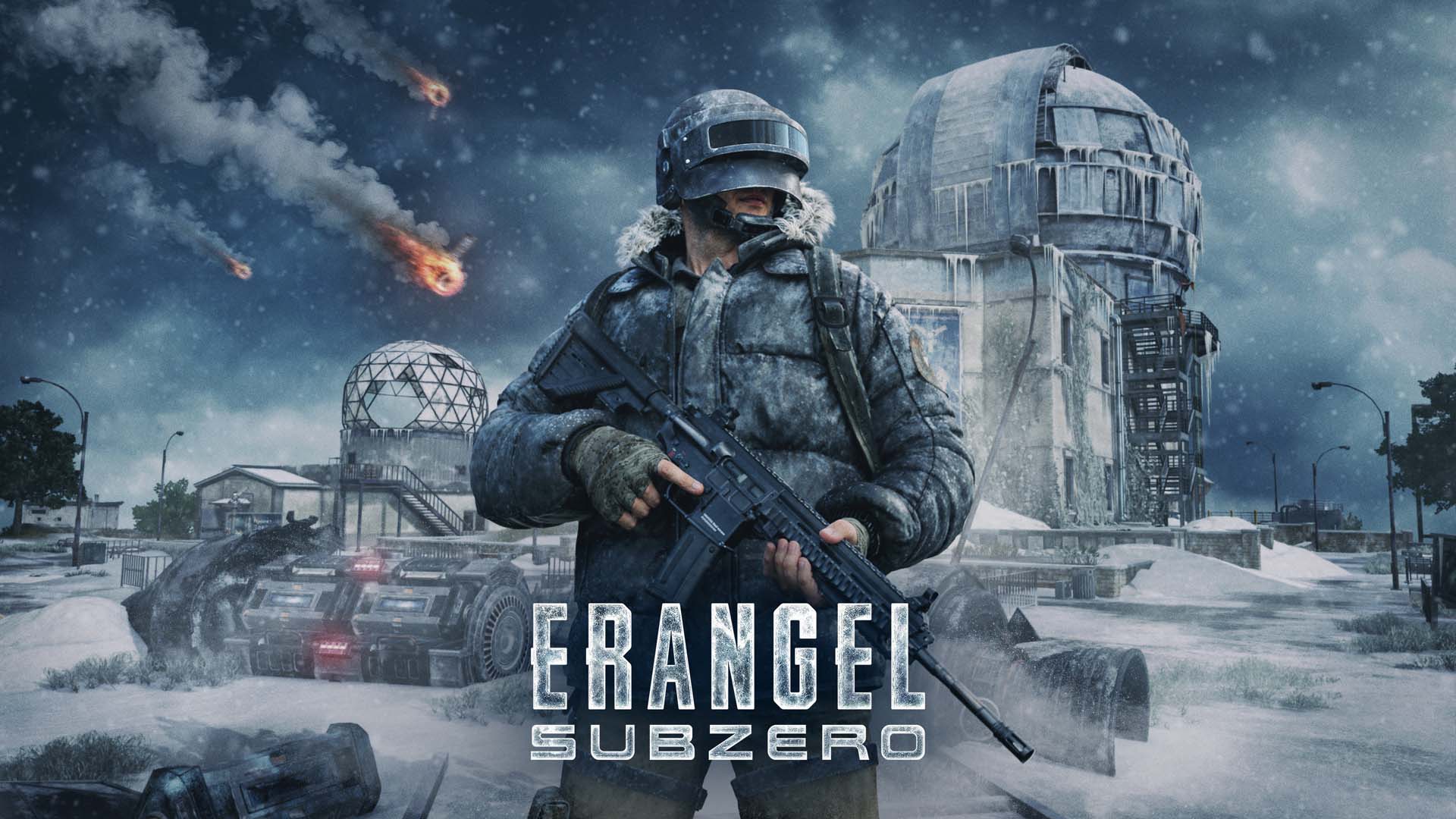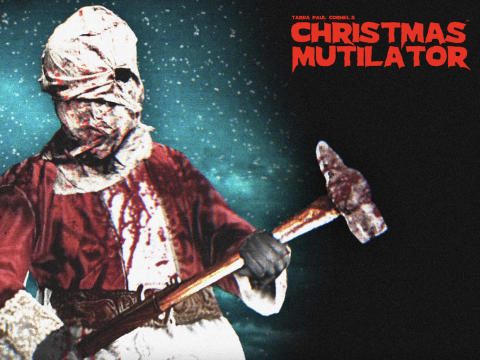Although the Double Dragon series has been around since 1987, I’ve never played a single game in the entire series. I tell you this so you can understand how I’m approaching Double Dragon Gaiden: Rise of the Dragons. I’m a newcomer here, one who loves a good brawler, sure, but isn’t here to compare this latest entry to its ancestors. Nope, I’m here as a lover of Streets of Rage 4 and TMNT: Shredder’s Revenge hoping that Double Dragon Gaiden: Rise of the Dragons is going to be my next addiction.
Like any good arcade brawler, it doesn’t take too long to decimate the four gangs which make up Double Dragon Gaiden’s stages. Around 2 hours is typical, but it’s intended to be played multiple times with a mix of characters while a dash of roguelike elements, character unlocks and stages that change based on what gangs you tackled prior all aim to make saving the post-apocalyptic world more fun.
Exactly why the world is in such a mess isn’t really delved into, though. In true brawler style, Double Dragon Gaiden doesn’t waste much time on its story, preferring to toss you into the side-scrolling, face-bashing action as quickly as it can because words suck and martial arts don’t. I don’t view this as an issue, though I do think it’s a shame that none of the characters is given a personality or even a chance to talk to each other. I think having a more fleshed-out story mode and a separate Arcade mode would have let Double Dragon Gaiden have the best of both worlds.
Available On: PC, Switch, Xbox, PlayStation
Reviewed On: Playstation 5
Developed By: Secret Base
Published By: ModusReview code provided by the publisher
The bread and butter of slapping enemies around is the humble attack button which unleashes a 3-hit combo, usually enough to KO a regular enemy. You can throw in a jumping attack or a unique action move as well, like a handy dodge or grab. Waves of basic chumps will sidle onto the screen, and the slower you are in dispatching them the more will pile up. The action tends to be on the slower side, with your chosen character ambling around the screen like they’re on a sightseeing tour of the city. That slow feel is more pronounced when you opt to play as one of the meatier characters who swap movement for power.
What really sets characters apart are their three special moves, activated via holding a direction key and tapping a button. Depending on who you are playing as, that move might be firing off a rocket launcher, executing a vicious rising knee or slamming the ground like a gorilla throwing a temper tantrum. The bar refills quickly so you can be pretty generous when it comes to dishing out specials, and it’s even possible to link them together.
Regardless of the character, specials are capable of wiping out groups of goons and that’s vital because eliminating three or more triggers a Crowd Control and rewards you with a food item. Take out 3 and you get a hotdog, 4 and you get a burger, and 5 or more nets you a turkey which will restore heaps of health.

It’s a system that pushes you to be aggressive, though it’s a little annoying that every Crowd Control briefly freezes the action so that a big logo can be displayed on the screen. Considering Crowd Control moves happen constantly, you end up seeing the logo a lot. My dudes, pausing the action in a brawler is a sin unto the brawling Gods. I’d like to see a future update provide some sort of option to turn off the logo or reduce it to a small thing that pops up without pausing the game.
The special bar has a secondary use tied to the game’s big gimmick – tag-team combat, baby! Each time you jump into the game you can pick two characters from the starting roster and switch between them when the special bar is full, letting you extend combos or get the hell out of a bad situation. It’s extra vital because characters that aren’t active will gradually regenerate their health, so you want to keep a smart eye on the special gauge and the health bar.
Invincibility is a very common concept in brawlers, so I was surprised to see that Double Dragon Gaiden: Rise of the Dragons doesn’t ascribe to the idea. It’s most notable when tagging in and out: the character coming in is vulnerable, so getting immediately battered is a real danger. As for the character tagging out, they remain on screen for a few seconds and are vulnerable for the entire period, meaning they can get KO’d while you have to helplessly watch on. Throws and grapples don’t have invincibility frames, either, a staple of the genre.
The titular dragons make up the game’s basic roster: Billy and Jimmy Lee are twins, both masters of Sou-Setsu-Ken: Marian has been promoted from damsel in distress to a gun-toting badass; and Uncle X is the big bruiser, wielding a riot shield that’s perfect for ramming through crowds. Each one has a fairly distinctive feel, Marian being the standout owing to her long-range focus and the fact that she’s arguably overpowered. But there’s a wealth of additional characters to unlock and play as, including the bosses that you beat into submission. Once you have everybody unlocked, the roster will be 12-strong.

A second player can join in on the fun, bringing along their chosen characters as well. Playing Double Dragon using classic couch co-op is a blast and is, I reckon, the best way to experience any arcade brawler like this. Still, the lack of any online co-op features is a massive missed opportunity. I want to pound the pavements and pound some skulls with my pals from around the world, so hopefully a future update might be able to include this feature.
The basic combat loop feels pretty good. It doesn’t feel as sharp or offer quite the same depth as something like Streets of Rage 4, which I reckon is the superior brawler overall. Mixing standard attacks, specials and tagging in secondary characters takes a bit of skill and allows for some fun combos. I also appreciate that the difficulty can be tuned using several sliders that alter stuff like health, enemy stats, upgrade costs, revives and more. Even on the very easiest the game can still pose a good challenge, although sometimes that challenge feels unfair.
The way the individual stages are structured is excellent, helping add a heap of replay value. What happens is that when you beat the first stage’s boss, the others are put on blast and will start doubling down on their defences. Instead of just one subsector, a stage will have two or three, each punctuated by a miniboss. The main boss will also get tougher, have new tricks and more minions backing them up. H.G. Willy, for example, goes from a fairly straightforward fight to involving a helicopter on a rooftop. To see the full boss battles will take at least four runs through the game.
But the downside to this concept is that the boss battles heavily rely on swamping you with standard minions rather than boosting the challenge through clever mechanics or ideas. By the time you get to stage 3 or 4, the difficulty rockets upwards as a wave of aggressive enemies descends to unleash a variety of attacks, many of which will stun-lock you into place. While you are busy trying to manage the crowds, the boss will be spamming powerful attacks. It can begin to feel unfair and annoying, but the bigger problem is how much wasted potential there is in the boss fights. Most of them are bog-standard, with only one or two really feeling like their final form offers something cool.

Oh, and the final stage can go fuck itself. A lengthy slog through what feels like hundreds of minions followed by every single boss being dropped on you at the same time is not a satisfying way to end the run. In fact, it’s the exact opposite, and trying to fight multiple bosses at the same time is an exercise in how well you can control your temper.
Speaking of runs, there’s a light sprinkling of roguelike sugar on Double Dragon in the shape of upgrades that you can spend cash on after each sector of a level. This might be getting more damage for a move, tokens or better health regeneration. These upgrades don’t carry over after a game over, though. So there’s a slight element of getting lucky with the upgrades you are offered, but at no point do they make or break your journey: they just make it a little easier or a little harder, and you can simply choose to ignore them which will also mean having more cash to get converted into tokens.
I’ve mentioned tokens a few times now, so let’s tackle exactly what those are. First, you need these to continue a run if you don’t have enough cash for a revive. Second, you also need them to unlock the numerous bonus characters, including the ability to play as the gang bosses themselves. There’s also a raft of unlockable art, music and tips, although that last one feels rather cheeky. In other words, there’s a risk vs. reward mechanic in how much you want to push forward or just cash out. The money you’ve gathered up, the tokens you buy in the upgrade shop and the ones you earn for completing each level’s bonus objectives are all added together, so sometimes it might make more sense to call it quits rather than spend all the tokens on trying to beat a level.
Tokens do add a decent sense of progression to the game, but overall Double Dragon Gaiden is a little lacking in content compared to some of the other games in the genre. Like those other games, however, Double Dragon may receive updates and DLC to help pad it out.

Graphically, the devs have gone with a slightly odd style. The pixellated, bright visuals are something we’ve seen a fair bit in the modern revival of the brawler genre, so to help set it apart they’ve given their characters gigantic bobbleheads. It’s peculiar, but once I got used to it I quite liked it.
The graphics do come with a couple of issues that aren’t exactly new, however. Namely, a few flying enemies are tough to fight because it’s hard to judge exactly where they are compared to where you are. Shadows are implemented to make it easier to gauge attacks but they can be difficult to spot in the middle of a pitched battle. This struggle with depth perception can make the small platforming segments a real pain in the arse and isn’t helped by the controls which don’t feel designed for it.
When you combine all these roguelite elements with the classic brawler combat, Double Dragon Gaiden: Rise of the Dragons feels a little like the Ransom City Girls titles or even Scott Pilgrim vs The World: The Game. It’s quite a bit better than the latter but doesn’t match up to the likes of Streets of Rage 4 or TMNT: Shredder’s Revenge. It’s not a must-play, in other words. But I do think that fans of the genre will find plenty to enjoy in Double Dragon Gaiden: Rise of the Dragons, even if the smattering of roguelike elements may prove divisive.




